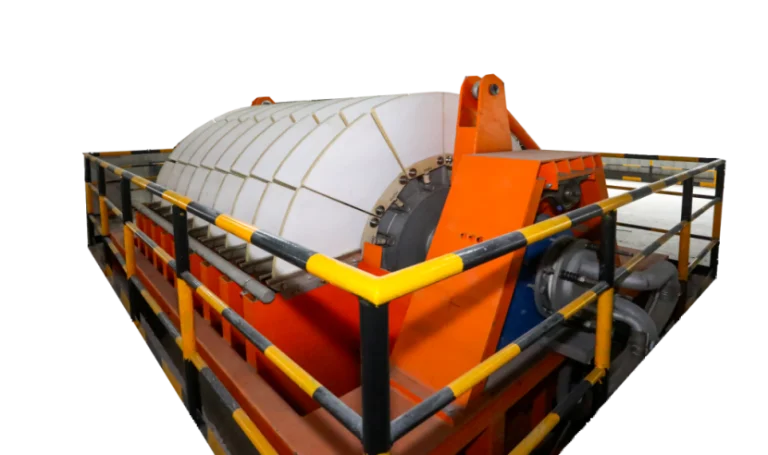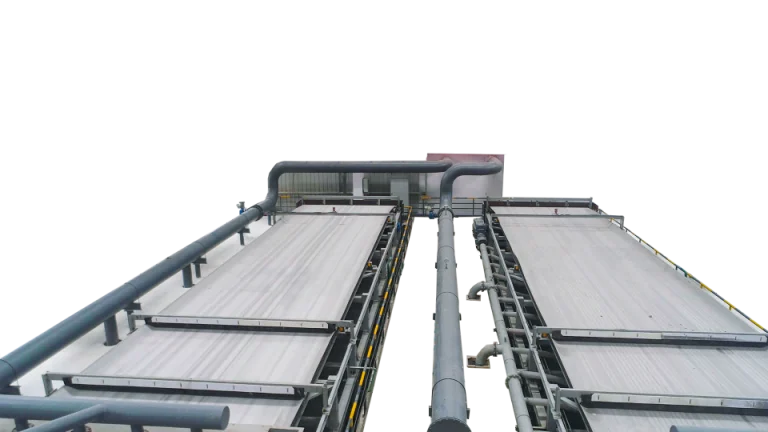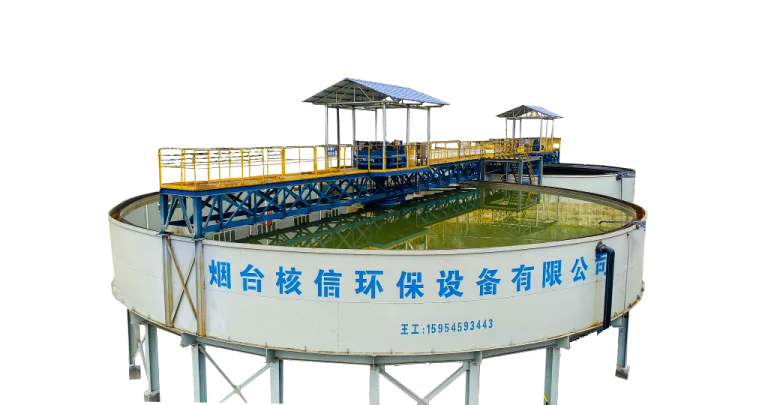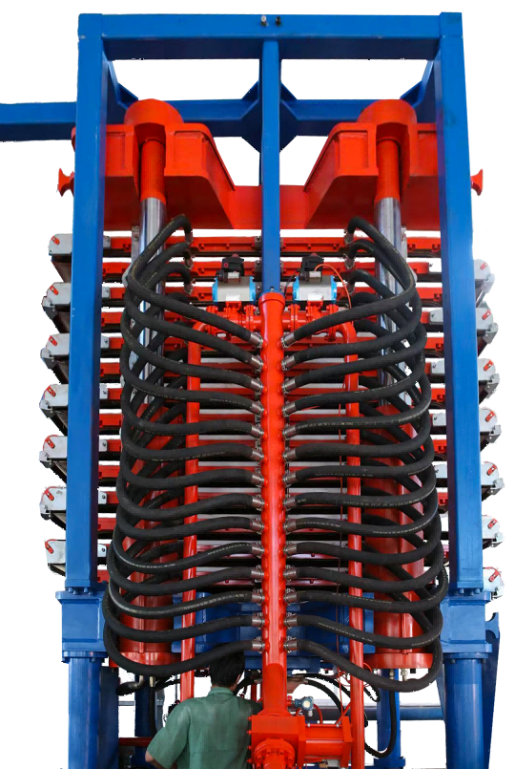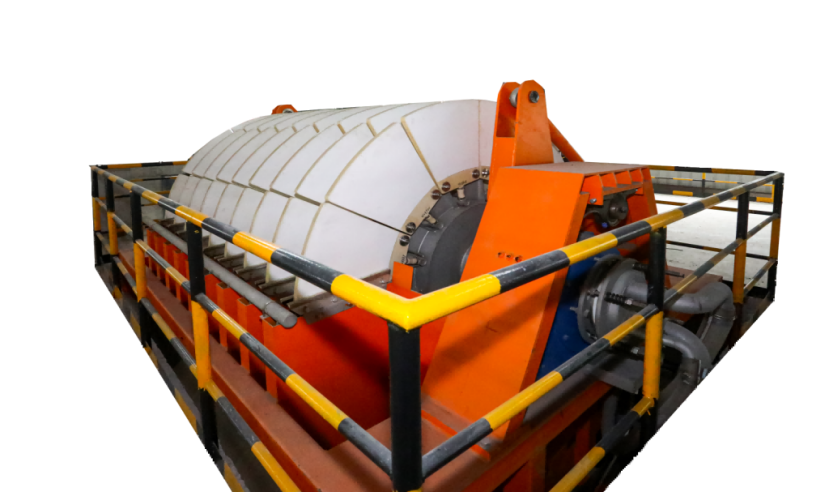
The Evolution of Ceramic Filter Technology
Historical Overview of Ceramic Filters
Керамические фильтры go way back. Centuries ago, folks used them for simple water cleanup. Early societies loved porous stuff. It yanked impurities out of water. Over time, these basic tricks grew fancier. They paved the way for today’s ceramic filter tech. These filters are super adaptable. They work great in chemical plants and other fields. Their knack for cleaning liquids makes them a go-to tool.
The journey from old-school to modern is wild. Early filters were rough. Now, they’re high-tech. They handle tough jobs with ease. This history shows why ceramic filters are still a big deal in industries needing clean results.
Key Milestones in Ceramic Filter Development
Керамические фильтры hit big moments. In the mid-1900s, new manufacturing methods changed the game. They made ceramics with exact pore sizes. This boosted filtering power. It opened doors to new uses. Lately, adding activated carbon and silver ions has been huge. These make filters kill bacteria and grab heavy metals. They tackle other nasties too. These steps made ceramic filters must-haves for industries with strict cleanup rules.
Each milestone pushed filters forward. Better pores meant cleaner output. New materials added extra powers. Now, ceramic filters are key for top-notch filtration in chemical work and beyond.
Transition from Traditional to Modern Applications
Ceramic filters started with water purifying. Now, they do way more. In chemical plants, they split solids from liquids. They clean chemical mixes. They treat wastewater too. Their skills stretch to metallurgy and drug-making. These fields need hardcore filtering. Ceramic filters deliver. They’ve gone from simple to super versatile, tackling big industrial challenges.
This shift shows their strength. They adapt to new needs. They handle harsh conditions. That’s why they’re a staple in modern industries pushing for purity and efficiency.
Core Features of Ceramic Filters in the Chemical Industry
Porous Structure and Filtration Efficiency
Ceramic filters shine with their porous build. Tiny holes let liquids pass but trap particles. This setup keeps flow fast while catching even teeny contaminants. In chemical work, this is gold. It ensures pure products. It keeps things consistent. The exact pore sizes make sure nothing sneaky slips through.
This structure isn’t just effective. It’s reliable. Filters hold up under pressure. They deliver clean results every time. For industries needing spotless liquids, this feature is a lifesaver.
Durability and Reusability of Ceramic Filters
Ceramic filters are tough. They handle high heat and nasty chemicals without breaking. Unlike throwaway filters, they last. You can clean them and use them again. This saves cash for industries running filters non-stop. Regular cleaning keeps them working like new. It stretches their life even more.
Their toughness makes them a smart pick. They don’t wear out fast. They cut down on replacements. That’s a big win for chemical plants watching their budgets.
Integration of Activated Carbon and Silver Ions
Modern ceramic filters pack extras. Activated carbon grabs organic junk and smelly chemicals. Silver ions fight germs. They stop bacteria from growing inside the filter. This mix is perfect for jobs needing clean and safe results. Think chemical purity plus germ-free liquids.
These add-ons make filters stronger. They tackle more than just solids. They handle tricky pollutants too. For industries like pharmaceuticals, this combo is a game-changer.
Applications of Ceramic Filters in the Chemical Industry
Wastewater Treatment and Reuse
Ceramic filters are stars in wastewater cleanup. Factories pump out tons of dirty water. It’s full of hazardous stuff. Ceramic filters pull out solids, heavy metals, and organic gunk. This meets green laws. It also lets factories reuse water. That saves resources. It cuts costs too.
This use is huge. Clean water is scarce in some places. Filters help industries stay sustainable. They reduce waste and keep operations smooth. It’s a win for the planet and the bottom line.
Filtration in Chemical Production Processes
Chemical plants need pure products. Ceramic filters make it happen. They clean raw materials and mid-stage products. They work under high pressure. This fits tough jobs like pulling catalysts or purifying solvents. Their precision keeps quality high.
This role is key. Impure chemicals can ruin batches. Filters stop that. They ensure every step of production stays clean. For industries chasing top-grade output, ceramic filters are a must.
Role in Removing Heavy Metals and Hazardous Substances
Heavy metals like lead or mercury are bad news. They hurt the environment. They harm health too. Ceramic filters trap these toxins. Their tiny pores and activated carbon or ion-exchange materials grab harmful stuff. This cleans up industrial waste big time.
This job is critical. Safe waste means safer communities. It also keeps factories in line with tough rules. Ceramic filters make it easier to be green and responsible.
Challenges and Solutions in Implementing Ceramic Filters
Addressing Hairline Cracks and Material Durability Issues
Ceramic filters are awesome but not perfect. Hairline cracks are a pain. They pop up from high pressure or quick temp changes. These tiny breaks hurt the filter’s strength. They can mess up performance. To fix this, makers use better materials. They add stuff during production to make ceramics tougher. This helps filters handle stress and heat shocks.
Regular checkups help too. Spotting small cracks early stops big problems. Workers can swap or fix filters before they fail. These steps keep ceramic filters reliable for heavy-duty jobs.
Overcoming Limitations in Virus Filtration Capabilities
Ceramic filters nail bacteria. Viruses? Not so much. Viruses are super small. Standard ceramic pores are too big to catch them. To tackle this, experts are mixing in new tech. Hybrid systems add ultrafiltration membranes or nano-coatings. These shrink effective pore sizes. They grab viruses without slowing flow.
This push is exciting. It makes filters more versatile. Industries needing ultra-clean liquids, like drug-making, will love this. It’s a big step toward all-in-one filtration.
Improving Scalability for Industrial Use
Big factories need big filters. Scaling ceramic tech is tricky. Old-school filters can’t always handle huge liquid volumes. They might choke on tough conditions. Modular designs are the answer. They let you stack filter units for more power. Automation and remote monitoring help too. They tweak settings live to keep things humming.
These fixes make filters fit giant operations. They handle massive flows without hiccups. For chemical plants with high demands, this scalability is a game-changer.
Future Trends in Ceramic Filter Technology for the Chemical Industry
Adoption of Smart Monitoring Systems
Smart monitoring is shaking up ceramic filters. Sensors and IoT (Internet of Things) tech track flow, pressure, and gunk levels live. This info helps operators spot issues fast. They can tweak things on the spot. Remote monitoring cuts the need for constant on-site checks. It saves time and boosts efficiency.
This tech is a big deal. It keeps filters running smooth. It catches problems early. For industries like wastewater treatment, where downtime hurts, smart systems are a must.
Development of Locally Sourced Materials for Manufacturing
Importing filter materials jacks up costs. It also limits access in some places. To fix this, folks are turning to local resources. They’re finding ways to make ceramic filters with nearby stuff. It has to meet high standards. This cuts costs. It also shrinks the carbon footprint from shipping.
Local sourcing is green and smart. It makes filters cheaper. It helps more regions use them. For industries in growing markets, this is a huge win.
Expansion into Emerging Markets and Industries
Ceramic filters are spreading fast. They’re hitting new markets and fields. In places with dirty water, they’re a cheap fix for clean drinking. Industries like food processing, drugs, and green energy are jumping in too. They love the high purity and efficiency.
This growth is exciting. Filters are solving new problems. They’re boosting industries worldwide. Their versatility makes them a hot pick for future-focused companies.
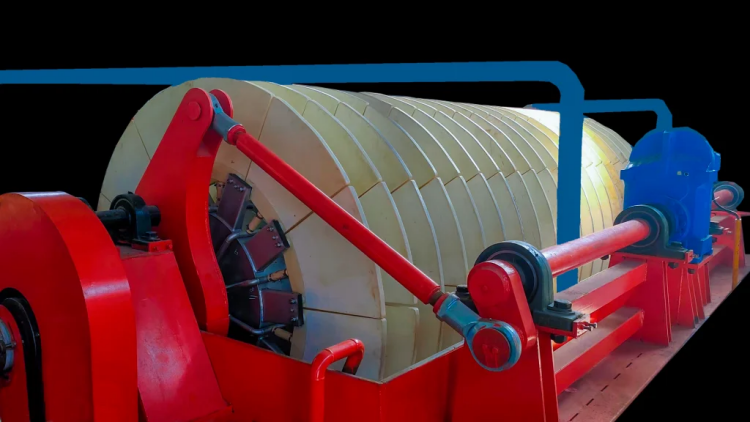
Часто задаваемые вопросы (часто задаваемые вопросы)
What makes керамические фильтры durable?
They’re built from tough stuff. They handle heat and harsh chemicals. Regular care makes them last even longer.
Can ceramic filters remove viruses?
Standard ones struggle. Their pores are too big. New hybrid systems with membranes or coatings are fixing this.
Are there cost-effective options for scaling up ceramic filter systems?
Yup. Modular designs stack units for more power. They keep costs low.
How is IoT improving ceramic filter technology?
IoT gives live data on flow and pressure. It spots issues early. It lets you control things from afar.
Which industries benefit most from advanced ceramic filter systems?
Mining, metallurgy, drugs, food, and wastewater cleanup get big perks.
Want more on top-tier filtration? Contact Янтай Хексин Экологическая защита оборудования Ко., ООО They’re in YEDA, Yantai City, Shandong. They make killer filtration gear. With over 20 years of R&D, they customize for mining, metallurgy, drugs, and more.

